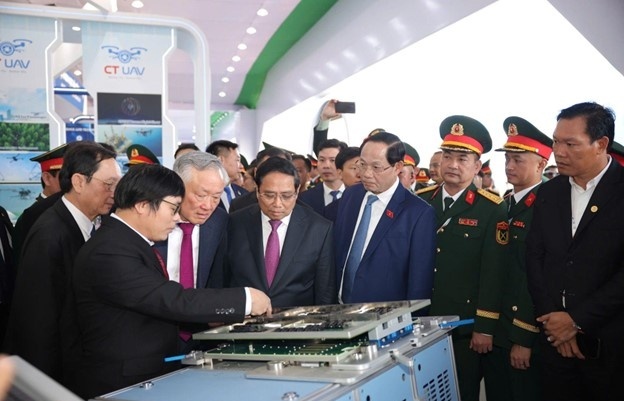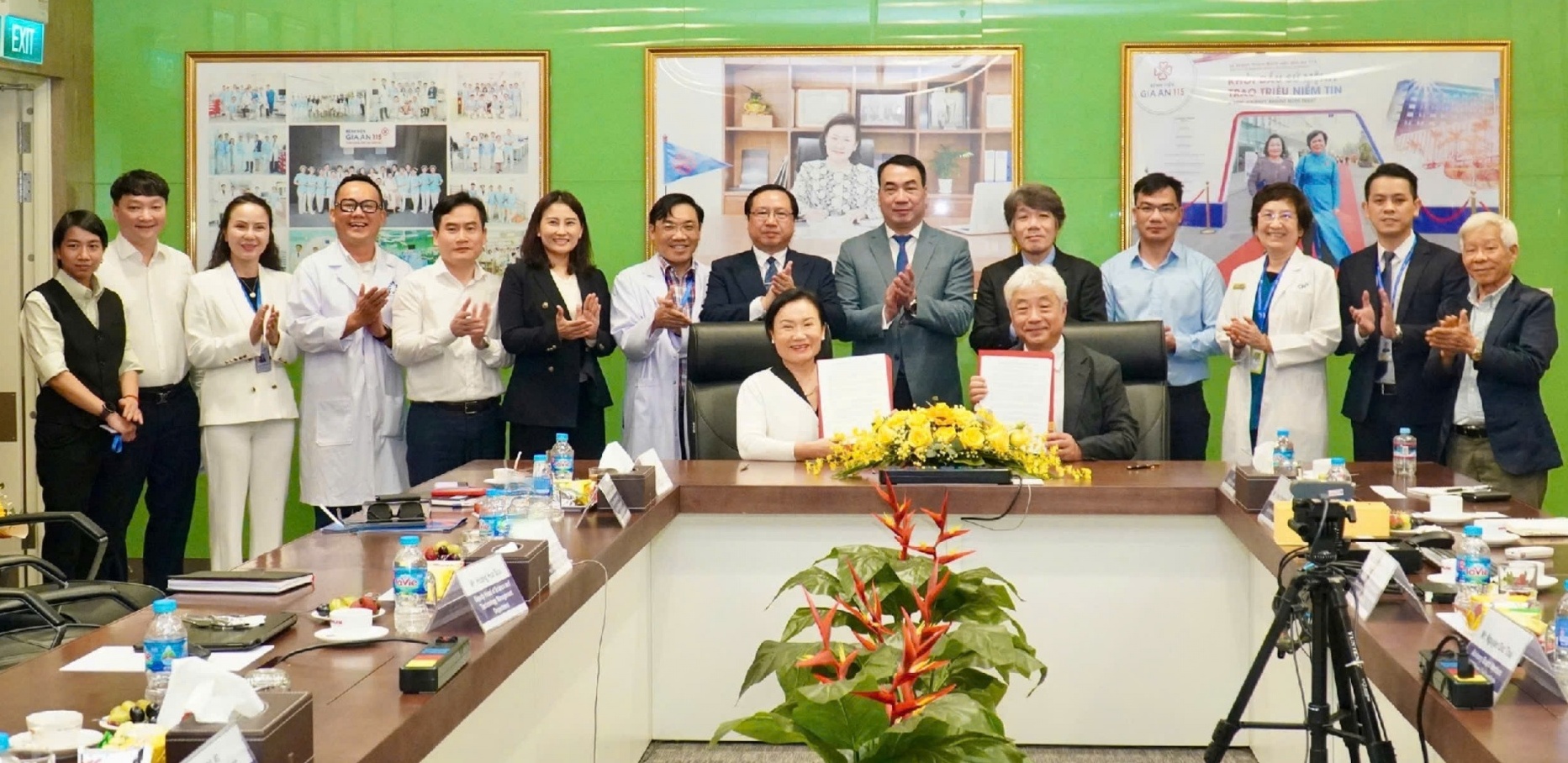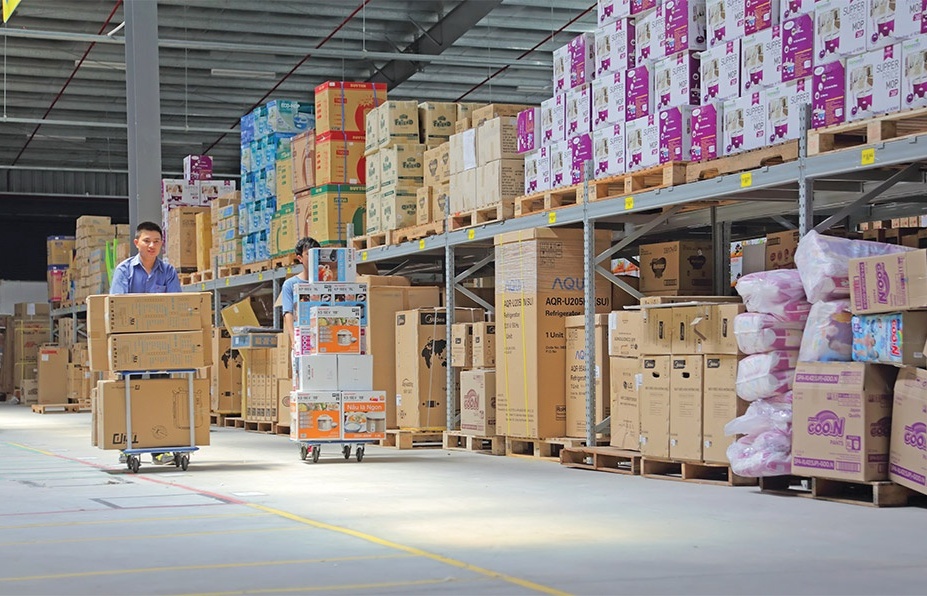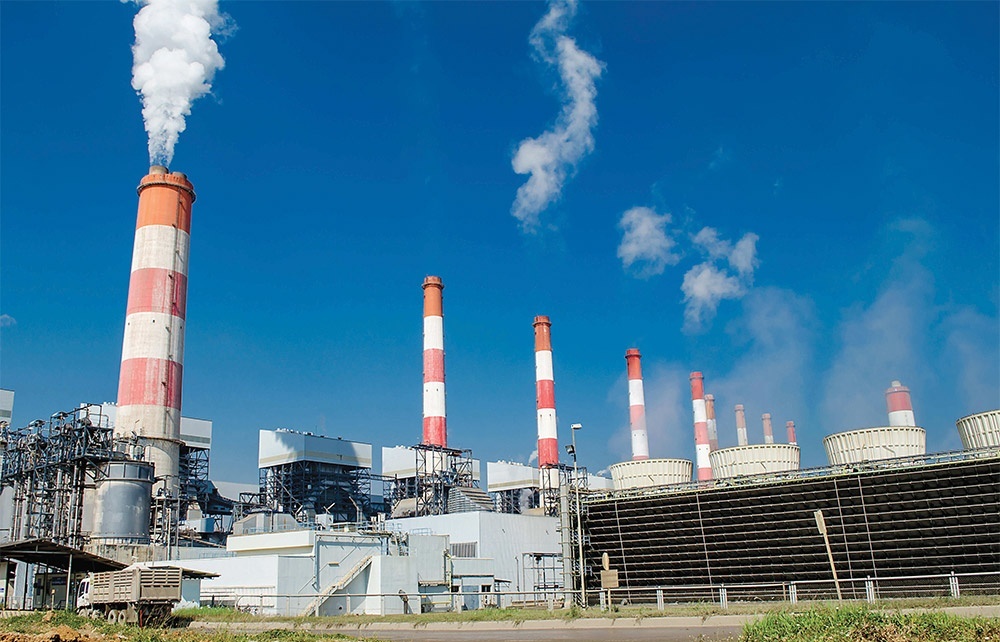CIC - A flagship for sustainable cocoa development in Vietnam
 |
Great potential, obscure industry
Over the past few years, cocoa remained one of the more stable agricultural commodities with a stable selling price. Specifically, since late 2014, while the prices of coffee and rubber were slashed by about $1,000, cocoa has produced an increase of about $1,000 to date.
Cocoa prices climbed 25 per cent in 2013 and continued to rise in early 2014, reaching $3,355 per ton last July. Currently, the farm gate price of one kilogramme of cocoa is $3.0, far higher than the $1.5 charged for coffee.
Vietnam produces 7,500 tonnes of cocoa annually, most of which is exported. Amid the rising global demand for cocoa products, Vietnam caters for a large segment of the market. The price of cocoa, therefore, is expected to increase stably in the future.
Mr Dinh Hai Lam, former Cocoa Development Manager at Mars Incorporated possessing over a decade of experience with cocoa development in Vietnam, told VIR that being the major exporter of only fermented cocoa beans in Asia, Vietnam is well-situated to meet Asian chocolate manufacturers’ strategic need for high quality cocoa. By engaging in professional production, many Vietnamese farmers are now producing more than two tonnes of dried fermented beans per hectare every year.
Tran Xuan Quang, a cocoa farmer from Ea Na commune, Krong Ana district, Dak Lak province has three hectares of cocoa.
“Last year, the productivity was 2.5 tonnes per hectare and our total revenue from the trees reached VND400 million ($18,180), making a total profit of VND300 million ($13,636),” Quang told VIR.
“Cocoa plantations are about 30-40 per cent more profitable than rubber or coffee, we prefer cocoa to coffee”, he said.
Pioneering integrated cocoa farming
Over the past decade, Vietnamese cocoa production remained modest. The country has yet to build up a sturdy cocoa industry as the opportunities have largely passed under government radars undetected and have yet to see a specific cocoa development incentive policy.
Instead, most cocoa development projects in Vietnam are backed by non-governmental organizations. However, these projects aim to reduce poverty and benefit poor households, who can hardly engage in cocoa plantation due to their poor finances and limited experience.
Additionally, firms are not interested in investing in cocoa plantations. Apart from several companies like Mars, Puratos Grand Place and Cargills making an effort to give farmers technical training, other companies only focus on purchasing beans from them.
“Last but not least, cocoa has yet to become widely known as an economical crop by farmers and enterprises,” Lam shared.
Research of other sectors, such as rubber, coffee, tea, sugar, etc., revealed that to sustainably develop a sector, it is critical to ensure the participation of businesses and institutional investors through the establishment of large-scale farming and developing close linkages with surrounding farmers. In this model, businesses play a leading role in technology transfer, provide planting inputs, and ensure sales outlets for small households.
“I think that there is a significant opportunity to invest in cocoa production and processing in Vietnam by implementing modern agro-technologies and methods at both corporate farming and production linkages with small farmers. This can be done through business partnerships, training, and community development,” Lam shared.
Building on his venerable experience in cocoa development in Vietnam, Mr Dinh Hai Lam, along with several partners, had set up CIC, the first integrated agricultural company with advanced sustainable cocoa production and sourcing methods in Vietnam.
CIC aims to acquire concession over 2,000 hectare land area to establish cocoa corporate farms. It also plans to develop on an additional 10,000 hectare through contract growing with middle class farmers and cluster growing with smallholders.
Corporate farms are the most essential part of CIC’s business strategy, which will be equipped with the best cocoa plantation technology. It is scheduled to have 250 hectares of cocoa planted in 2016 and target to have 2,000 hectares of corporate farms by 2022.
For cocoa contract growing, CIC will create a unique system of production linkages with middle class farmers. In this system, farmers may receive credit from or arranged through CIC to buy planting materials, fertigation systems, inputs, and other technical services from CIC. The products of these contract growers will be off-taken and pre-processed at CIC’s concentrated fermenting centres.
The above example well illustrates how CIC supports middle class farmers and it should serve as a model of long-term co-operation between enterprises and farmers in the future. Mr. Quang’s family had received such assistance from CIC in technical training, fertilizers, and building a modern irrigation system, making it more convenient to water and care for the trees properly. Meanwhile, other nearby households often had poor crops, while his family prospered.
“All of this is thanks to CIC’s support, especially the drip irrigation. We save time, labour, and water. During the severe drought in the first months of this year, many families suffered great losses, but we remained safe by using the economic irrigation system”, he said.
For cocoa cluster growing, CIC will promote cocoa to small household farmers through Cocoa Development Centre (CDC) and Cocoa Village Centre (CVC), following Mars Inc.’s CDC/CVC approach.
CIC will also focus on developing advanced farming mechanisms for its own corporate farms and for service provision to contract growers. Notably, environmental and social responsibility will be a rule of thumb in every aspect of CIC’s operations.
“CIC aims to become a leading company in the Asian cocoa upstream sector. We are providing Vietnamese cocoa growers and buyers a total solution package to make Vietnam an important and sustainable producer of high quality cocoa,” Lam stressed.
 |
 |
 |
What the stars mean:
★ Poor ★ ★ Promising ★★★ Good ★★★★ Very good ★★★★★ Exceptional
Latest News
More News
- Limitations abound for domestic EV carbon credits (December 19, 2024 | 15:00)
- Businesses pivotal in offsetting carbon measures in Vietnam (December 19, 2024 | 13:00)
- Coordination key for circular economy (December 19, 2024 | 10:56)
- Vietnam’s first logistics laboratory established (December 19, 2024 | 08:00)
- Masan Consumer Holdings honoured with consecutive "Great Place To Work" certifications (December 18, 2024 | 16:55)
- SABECO’s research facility a dream for its brewmasters (December 17, 2024 | 10:30)
- Digital twins reshaping Vietnam's logistics and supply chain landscape (December 17, 2024 | 09:34)
- Enterprises awarded for pioneering innovation to attract talent (December 16, 2024 | 16:43)
- Testing future predicted for technology startups in Vietnam (December 14, 2024 | 15:00)
- Vincom Retail named among Forbes Vietnam's top 25 leading brands (December 14, 2024 | 11:58)















 Mobile Version
Mobile Version